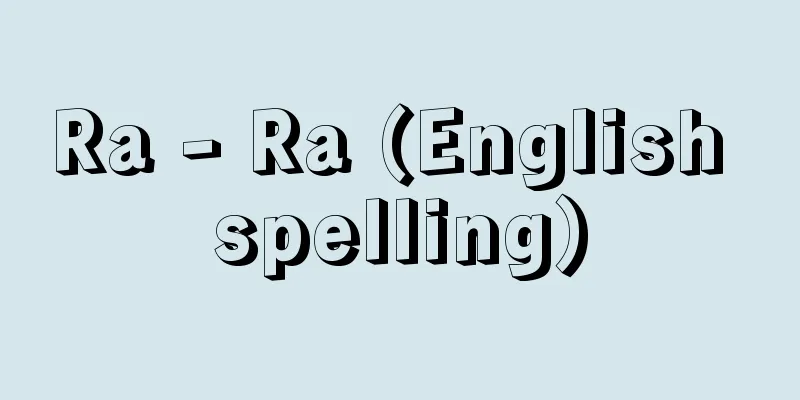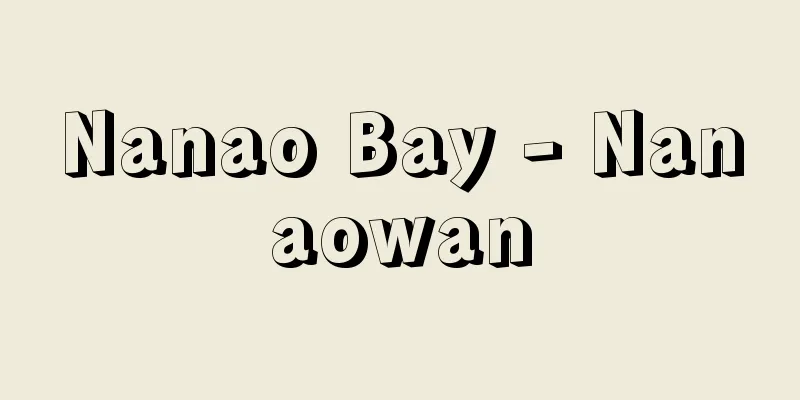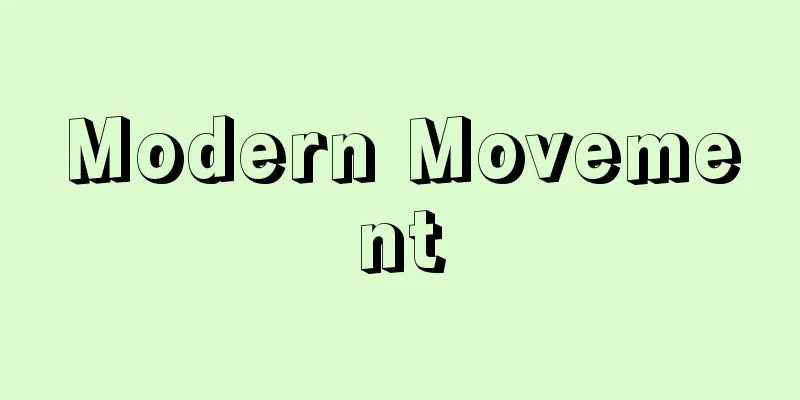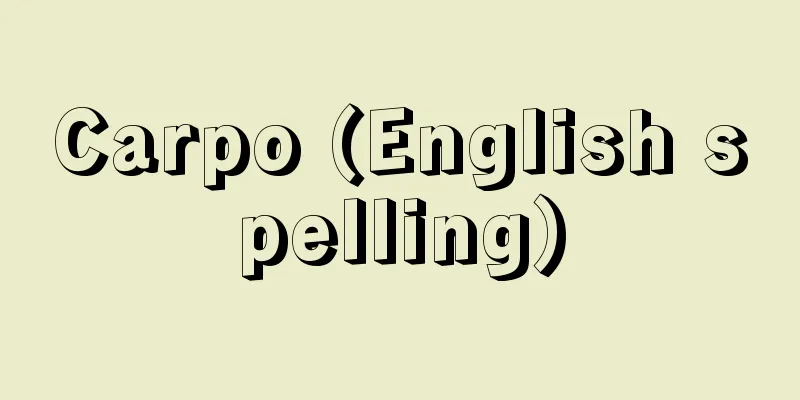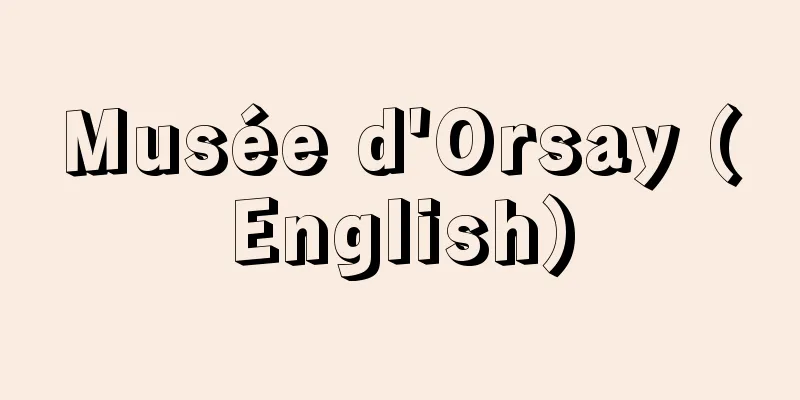Kaibara Ekiken

|
A Confucian scholar, naturalist, and educator of the common people from the early to mid-Edo period. Born on November 14, 7th year of the Kan'ei era, within the castle as the son of the Fukuoka domain's assistant. His given name was Atsunobu, his pen name was Shisei, and his nickname was Kyubei. For a long time he went by the name Sonken, which he later changed to Masuken. When he was young, his father changed jobs and he moved to various places, living as a private citizen, which later inspired him to aspire to study the "study of everyday life for the people." He first served the second lord of the Fukuoka domain, the military leader Kuroda Tadayuki (1602-1654), but incurred his wrath and became a ronin, studying medicine to make a living as a doctor. A few years later, through his father's intercession, he was able to serve the third generation of the Bunji school, Mitsuyuki (1628-1707), and spent about 10 years studying in Kyoto at the domain's expense. During the period of cultural prosperity, he had academic exchanges with many scholars, including the erudite and gentle Neo-Confucian scholar Kinoshita Junan, Nakamura Tekisai, the Confucian physician Mukai Gensho, Kurokawa Doyu, Matsushita Kenrin, the learned nobleman Fusewara Kenchu (1602-1666), and later the herbalist Inou Jakusui, with whom he continued to have academic exchanges until later in life. He also empathized with the empiricism and positivism that permeated Kyoto, and not only used it in his later academic style, but also stressed the importance of mathematics and compiled and published "Wakan Meisu" (1678, 1695). After returning to his domain, he was ordered by the emperor to write "Kuroda Kafu" and then "Chikuzen no Kuni Shoku Fudoki" (1703), which he completed until his later years. During this time, he received Korean envoys, investigated castaways, lectured to scholars, and interacted with scientists in the domain (astronomy and Japanese mathematics). As a Neo-Confucian scholar, he wrote and published "Kinshiroku Hiko" (1668) early on, but the empirical academic style of Neo-Confucianism led him to have doubts about the conceptual nature of Neo-Confucianism, and in his later years he compiled "Taigiroku" (1689), which systematically discussed these issues. In the field of natural history, he left behind the Yamato Honzo, the most systematic of all Edo-period herbal books, as well as the Kafu (1694) and Saifu (1704). He also actively assisted in the drafting and publication of Miyazaki Yasuda's Agricultural Encyclopedia. His wife, Kaibara Touken (1652-1714), was skilled in printed calligraphy, and they often enjoyed playing early music together, including the wagon. As one of his ancestors was a priest at Kibitsu-miya in Bizen Province (Okayama Prefecture), he also had a deep interest in Japanese studies, and stressed the need for Japanese people to learn Japanese studies, advocating the idea that Shintoism and Confucianism are incompatible. He was fundamentally a believer in the equality of all people based on the Confucian idea of respecting heaven, and this idea is reflected in many of his didactic texts and popular health book "Yōjōkun." He died on August 27, 4th year of the Shōtoku era, at the age of 85. [Tadashi Inoue May 19, 2016] "The Complete Works of Ekiken, 8 volumes (1910-1911, Ryubunkan)" ▽ "Araki Kengo, ed., "Japanese Thought Series 34: Kaibara Ekiken and Muro Kyūsu" (1970, Iwanami Shoten)" ▽ Matsuda Michio, ed., "Japanese Masterpieces 14: Kaibara Ekiken" (1983, Chuokoron-Shinsha)" ▽ "Inoue Tadashi's "Kaibara Ekiken" (1963/New edition, 1989, Yoshikawa Kobunkan)" [References] | | | | | | | | | |Written by Kaibara Ekiken, published in 1678 (Enpo 6), held at the National Diet Library "Japanese and Chinese famous numbers" Source: Shogakukan Encyclopedia Nipponica About Encyclopedia Nipponica Information | Legend |
|
江戸前期から中期の儒学者、博物学者、庶民教育家。寛永(かんえい)7年11月14日、福岡藩祐筆(ゆうひつ)の子として城内で生まれる。名は篤信(あつのぶ)、字(あざな)は子誠(しせい)、通称は久兵衛。久しく損軒(そんけん)と号し、晩年に益軒と改める。幼時に父の転職で各地に転居し民間で生活した経験が、後年の彼をして「民生日用の学」を志す契機となった。初め福岡藩主2代目の武断派黒田忠之(ただゆき)(1602―1654)に仕え、その怒りに触れて浪人となり、医者として身を立てようと医学修業に励んだ。数年後に父のとりなしで3代目文治派の光之(みつゆき)(1628―1707)に仕え得て、約10年間京都に藩費遊学した。文運興隆期に各方面の学者、博学温厚の朱子学者木下順庵(きのしたじゅんあん)、中村惕斎(なかむらてきさい)、儒医の向井元升(むかいげんしょう)、黒川道祐(くろかわどうゆう)、松下見林(まつしたけんりん)、好学の公卿(くぎょう)伏原賢忠(ふせわらけんちゅう)(1602―1666)、のちには本草家(ほんぞうか)稲生若水(いのうじゃくすい)らと交わり、後年まで学問上の交流をもった。またこの京都にみなぎる経験・実証主義を体認して、その後の学風に生かしたのみならず、算数の重要性を説き『和漢名数』(正1678、続1695)を編集出版した。帰藩後、君命で『黒田家譜』を、ついで『筑前国続風土記(ちくぜんのくにしょくふどき)』(1703年成立)を晩年までかかって完成した。その間、朝鮮通信使の応対、漂流民の取調べ、好学の徒への講義、藩内科学者(天文、和算)との交遊を行っている。朱子学者としては早く『近思録備考』(1668)を著し出版したが、その経験的学風から朱子学の観念性への疑問を募らせ、それを体系的に論述した『大疑録(たいぎろく)』を晩年にまとめた。 博物学では江戸期本草書中もっとも体系的な『大和本草(やまとほんぞう)』をはじめ『花譜』(1694)『菜譜(さいふ)』(1704)を残したが、近郷の宮崎安貞(やすさだ)の『農業全書』の成稿と出版にも積極的に助力した。妻貝原東軒(とうけん)(1652―1714)は楷書(かいしょ)に巧みで、ともに古楽(こがく)(和琴(わごん)など)を奏し楽しむこともあった。また祖先が備前(びぜん)国(岡山県)吉備津宮(きびつのみや)の神官であったから、和学にも関心深く、日本人として和学修得の必要を説き、「神儒平行不相悖(もとら)論」を唱えた。基本的には儒教敬天思想に基づく人間平等観の立場で、多くの教訓書や大衆健康書『養生訓』にもこの思想がうかがわれる。正徳(しょうとく)4年8月27日、85歳で没した。 [井上 忠 2016年5月19日] 『『益軒全集』全8巻(1910~1911・隆文館)』▽『荒木見悟編『日本思想大系34 貝原益軒・室鳩巣』(1970・岩波書店)』▽『松田道雄編『日本の名著14 貝原益軒』(1983・中央公論社)』▽『井上忠著『貝原益軒』(1963/新装版・1989・吉川弘文館)』 [参照項目] | | | | | | | | | | |貝原益軒著 1678年(延宝6)刊国立国会図書館所蔵"> 『和漢名数』 出典 小学館 日本大百科全書(ニッポニカ)日本大百科全書(ニッポニカ)について 情報 | 凡例 |
<<: Foreigners' Letter - Gaibantusho
>>: Kashiwara [town] - Kaibara
Recommend
Prince Shotoku faith
This refers to various beliefs about Prince Shotok...
Izu Seven Islands
The seven islands are Oshima, Toshima, Niijima, Ko...
Badegoule
…Phase I to III are characterized by changes in t...
Girton College
...With the intervention of Parliament, the requi...
Pigmentation
...This is because erythema is caused by vasodila...
Hoshino Ruins - Star Ruins
This multi-layered site is located in Yamaguchi, ...
lundú (English spelling) lundu
...There are various theories about the origin of...
Ise Shrine
Located in Ise City, Mie Prefecture. In the past,...
So‐su‐lim‐wang (little beast king of the forest)
?‐384 The 17th king of Goguryeo, Korea. Reigned 37...
guide
〘noun〙 (guide)① (━suru) To guide. In particular, t...
Choreographie (English spelling)
...A person who does this professionally is calle...
Muroto [city] - Muroto
A city in the southeastern part of Kochi Prefectur...
Saimiri oerstedi (English spelling)
…[Hironari Hayaki]. . … *Some of the terminology ...
Ichneumia albicauda (English spelling)
… Most species are terrestrial, but some are adep...
Tripoli (English spelling)
Libya's capital and major port city. In Arabic...
